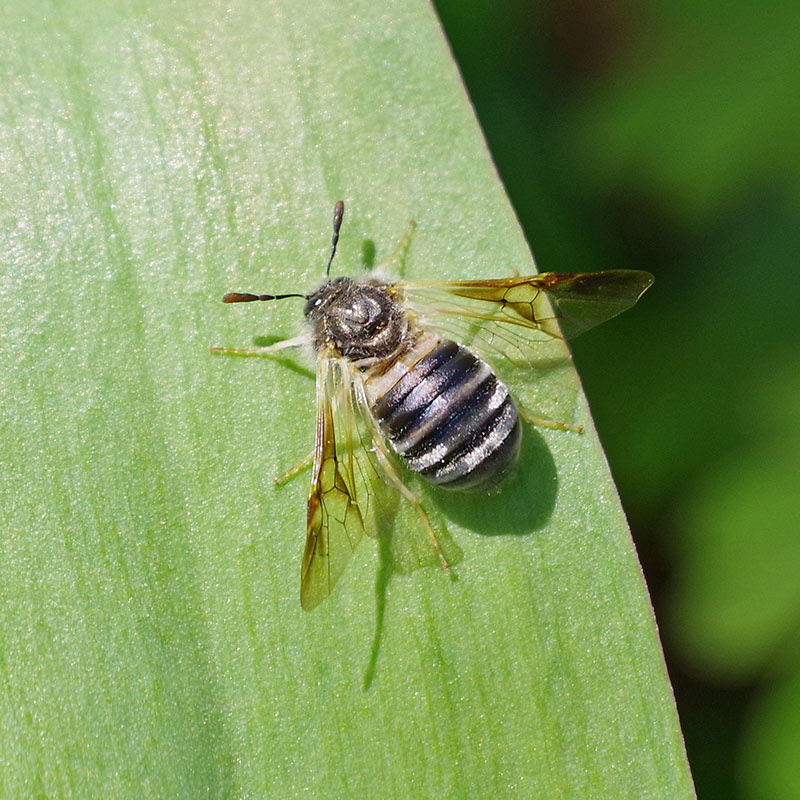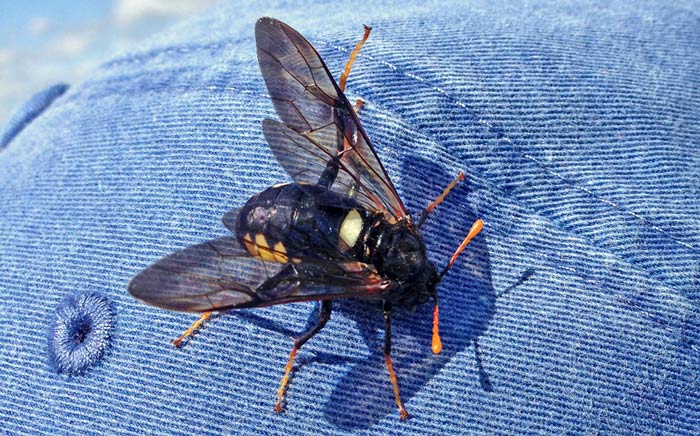Thick-Clubbed Sawfly
(Note: All links below are to external websites and leave the UWM website.) Howdy, BugFans, Sawflies appear infrequently in these pages, the most recently a year ago, in the person of the spectacular Elm sawfly. The sawflies that the BugLady …

